Understanding the cost of revenue is essential for evaluating your business’s financial health. This metric represents the total expenses incurred in producing and delivering goods or services to customers.
Found on the income statement, it highlights the direct costs associated with a company’s operations. In many cases, taxes accounted for 71 percent of revenue, making them a significant factor in overall financial planning.
Modern online accounting cycle makes it easier to calculate and manage revenue costs by automating transactions, reducing errors, and providing real-time financial insights. With the right ERP software, businesses can streamline financial processes and make more informed decisions.
To gain a clearer financial perspective, it’s important to distinguish between the cost of revenue and the cost of goods sold. Let’s explore their differences, calculation methods, and impact on financial decision-making.
Table of Content
Content Lists

Key Takeaways
|
What is the Cost of Revenue?
The cost of revenue is the total cost a business incurs to produce, market, and deliver its goods or services to customers. It includes direct expenses such as raw materials, labor, production costs, and distribution, as well as operational costs like marketing and sales expenses.
Unlike the cost of goods sold (COGS), which mainly applies to physical products, the cost of revenue also covers expenses related to service-based businesses. Understanding this metric helps companies accurately assess profitability, control expenses, and make informed financial decisions to improve overall efficiency.
Difference between Cost of Revenue and Cost of Goods Sold
While cost of revenue and cost of goods sold (COGS) are often used interchangeably, they have distinct differences that impact financial analysis.
Both metrics represent direct expenses related to a company’s operations, but the cost of revenue includes additional costs beyond production, such as marketing and distribution.
Understanding these differences helps businesses accurately assess expenses and profitability. The table below highlights the key distinctions between the cost of revenue and COGS:
| Category | Cost of Revenue | Cost of Goods Sold (COGS) |
| Definition | Total cost of producing, marketing, and delivering goods or services to customers. | Direct cost of producing goods sold by a business. |
| Applicable To | Both product-based and service-based businesses. | Primarily product-based businesses. |
| Includes | Raw materials, labor, production, distribution, sales, and marketing expenses. | Raw materials, labor, and manufacturing costs only. |
| Excludes | General administrative costs, taxes, and interest expenses. | Marketing, distribution, and administrative costs. |
| Purpose | Provides a broader view of costs associated with revenue generation. | Focuses only on direct costs of goods produced. |
By understanding these key differences, businesses can make informed financial decisions and optimize cost management strategies.
How to Calculate the Cost of Revenue?
Let’s illustrate the cost of revenue formula with an example:
In 2021, Company A generated a revenue of MYR 19,250,000. The company’s direct material costs amounted to MYR 350,000, labor costs were MYR 665,000, research and development expenses reached MYR 420,000, while shipping and handling costs totaled MYR 157,500. Additional costs were recorded at MYR 61,250.
To determine Manufacturing Company A’s cost of revenue for 2021, we consider all direct costs associated with producing and delivering goods.
Cost Components:
- Direct Material Costs: MYR 350,000
- Labor Costs: MYR 665,000
- Research and Development Costs: MYR 420,000
- Shipping and Handling Costs: MYR 157,500
- Other Costs: MYR 61,250
Cost of revenue formula:
Direct Material Costs + Labor Costs + Research and Development Costs + Shipping and Handling Costs + Other Costs
Calculation:
MYR 350,000 + MYR 665,000 + MYR 420,000 + MYR 157,500 + MYR 61,250 = MYR 1,653,750
In 2021, Manufacturing Company A’s cost of revenue totaled MYR 1,653,750. This figure includes all direct expenses related to production, delivery, and research and development.
Accurately calculating the cost of revenue requires a robust accounting system. For a reliable and automated solution, consider HashMicro’s Accounting Software. With seamless integration, real-time financial insights, and automated reporting, it ensures accurate financial management and improved operational efficiency.
Leverage HashMicro Accounting Software for Accurate Cost of Revenue Calculation
HashMicro Accounting Software is built to streamline financial management for businesses, including the calculation of the cost of revenue. This accounting software Malaysia automates key financial tasks, minimizing the chances of manual errors while offering real-time data insights for better decision making and accurate financial ratio analysis.
- Batch tracking and monitoring: This feature allows businesses to monitor the movement and location of batches throughout production and distribution. It helps improve inventory management and ensures better traceability, especially when integrated with inventory software, enabling seamless stock tracking and real-time updates.
- End-to-end traceability: With batch tracking software, businesses gain full traceability of products, allowing them to track each batch’s history from production to delivery. This improves oversight and accountability at every stage.
- Automated reporting and analytics: The software generates detailed reports and analytics, providing valuable insights into batch tracking, inventory levels, and overall performance. This data is essential for making informed business decisions.
- Compliance management: The system also helps businesses comply with industry regulations by offering built-in compliance checks and maintaining the necessary documentation. This feature helps minimize the risk of regulatory issues.
By using HashMicro’s accounting and invoicing software, businesses in Malaysia can effectively manage their cash flow, financial reports, bank reconciliations, and invoicing, ensuring precise and timely calculations of the cost of revenue.
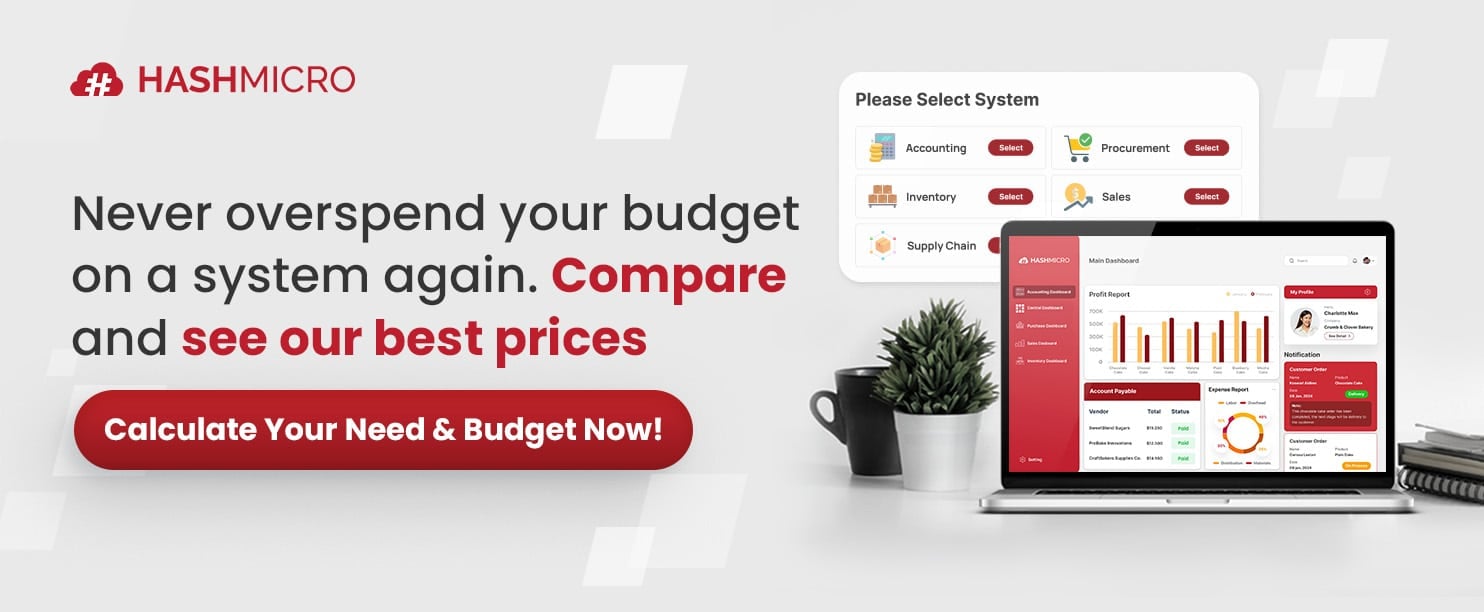
Conclusion
Understanding the cost of revenue (COR) is a key component in evaluating the financial health of your business. It encompasses all the direct costs involved in producing and delivering your products or services, including raw materials, labor, shipping, and other related expenses.
Accurately calculating and analyzing COR can be a complex task, but with the right tools, such as HashMicro Accounting Software, this process becomes much easier. The software automates and streamlines financial calculations, ensuring both accuracy and improved efficiency in managing your business finances.
Get in touch with us for a free demo of HashMicro Accounting Software and begin optimizing your profit calculations today!

FAQ Cost of Revenue
-
What is a COR used for?
Contracting Officer’s Representatives (CORs) play a critical role in ensuring that contractors meet the commitment of their contracts. They facilitate proper development of requirements and assist Contracting Officers in developing and managing their contracts.
-
What is the difference between cost revenue and profit?
Profit is any revenue left over after all the business’ costs have been paid. Where a business’ costs are higher than the revenue they have made, the profit is a negative number, which is classed as a loss. Businesses would never aim to make a loss, and businesses making losses consistently may eventually fail. Implementing revenue recognition software can help businesses accurately track and manage their earnings, reducing the risk of financial discrepancies that could lead to losses.
-
What is the difference between COGS and cost?
Although COGS and cost of sales are similar, they serve different types of businesses. COGS is primarily used by manufacturing and industrial companies that have tangible products. At the same time, cost of sales is more relevant to service-oriented companies and retailers who sell products made by other manufacturers.






